Ficus ‘Flanders’ Fig
$65.00 Original price was: $65.00.$39.90Current price is: $39.90.
Genus:Ficus
Species:carica
Variety:’Flanders’
Item Form:Tree Sleeve
Zone:8 – 10
Habit:Upright
Height:20 ft – 30 ft
Additional Characteristics:Edible,Fast Growing
Foliage Color:Medium Green
Light Requirements:Full Sun,Part Shade
Moisture Requirements:Moist, well-drained
Resistance:Heat Tolerant
Uses:Beds,Containers,Cuisine,Foliage Interest,Specimen
Ficus ‘Flanders’ Fig, a closed eye, Ira Condit Selection, is a tall, multibranched deciduous shrub or small tree. Although fig trees do not visibly flower, as the tiny flowers develop inside the fruits, they are still attractive plants, suitable for an edible garden or landscape. ‘Flanders’, one of the best tasting varieties, produces 2 crops of delicious figs a year: a lighter breba (spring) crop and a heavier late crop. The medium-sized figs have a long, slender neck; edible tan-colored (greenish yellow) skin with violet stripes; and amber-colored flesh with a fine, rich flavor. Figs can be eaten fresh or dried and can also be canned or preserved. They contain significant amounts of calcium, potassium, phosphorus, and iron.
‘Flanders’ Fig makes an excellent accent or specimen but can also be trained as an espalier or grown as a container plant. In the ground, it grows vigorously, quickly reaching 20 to 30 feet tall at maturity, but it can be pruned to shape and size. However, a heavy winter pruning will remove the breba crop. In a container, the tree will be much smaller but will still set full-sized figs.
One of the earliest fruit trees to be cultivated, indigenous to regions from Asiatic Turkey to northern India, and grown widely in Mediterranean countries, Ficus carica, also called common fig, is a temperate species that grows very well in cool coastal climates with hot, dry summers and cool, wet winters. However, ‘Flanders’ is heat tolerant and grows equally well in hot inland climates. In colder climates, plant ficus in a warm, dry location and generously mulch before winter.
One of the easiest fruits to grow, figs require full sun during the growing season, dry weather during fruiting, and some winter chilling. They grow well in a wide range of soil types and pH ranges but prefer well-drained loam with plenty of organic matter and a 6.0 to 6.5 pH. Fig trees are drought tolerant, usually satisfied with natural rainfall most of the year once established, and are a good choice for xeriscapes and water-wise gardens. However, they prefer consistently moist soil when fruiting. This tree is self-fertile and starts bearing fruit 1 to 2 years after planting without any pollen from other varieties.
Figs can be allowed to dry on the tree and gathered after falling, or they can be picked ripe and dried. Frequent turning during the drying process improves the quality of the fruit.
This fig tree will ship at the appropriate planting time based on your growing zone. This fig tree does not ship in December or January. Plant height is 18-36″ when shipped.
| Weight | 1 kg |
|---|---|
| Dimensions | 1 × 1 × 1 cm |
Shipping Time
Shipping is an additional 15-35 business days depending on location. Shipping time will be provided at checkout.
Returns
If seeds fail to leave China, we will refund your payment 100%. But if seeds fail to reach you due to customs problem on your side which we were not informed in advance, we will not be able to bear any loss, and no refund will be made.
We sell only viable plants seeds online, and test germination of our seeds from time to time. So we will not be able to refund for seeds that clients fail to germinate, unless we are convinced that it's truly problem of our seeds.
———
Please send us an email: [email protected] and be as detailed as possible while filling in the information.
After submission, We will reply to you within 24 hours. Please be patient.
———
CHARGEBACKS & DISPUTES
Please contact us by email before opening a merchant chargeback or payment dispute, as we can generally resolve the issue before that takes place. Any chargebacks and disputes disable our ability to issue refunds or credits due to funds being frozen.
———
REFUND, EXCHANGE AND RETURN
Customers have the right to request a refund/ return/ exchange within 14 days from the delivery date. Our Customer Service team will offer the best solutions for specific situations.

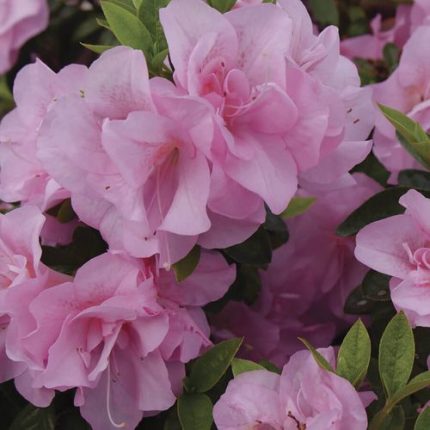

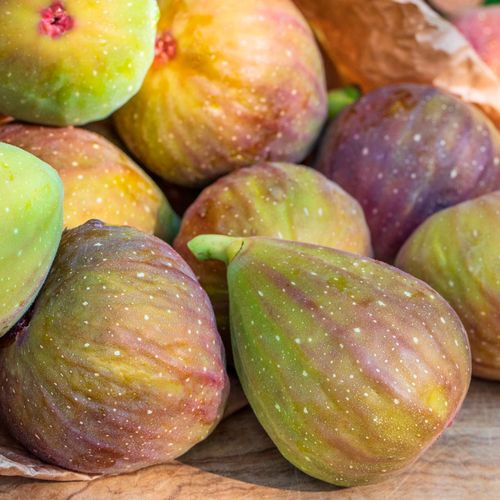
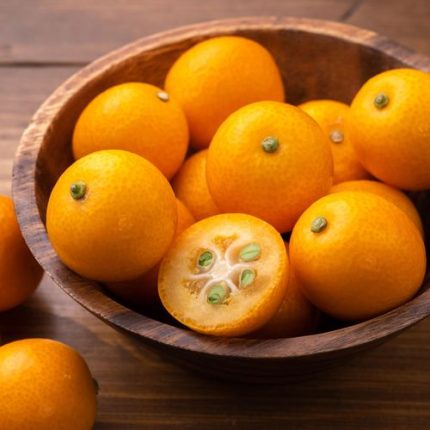

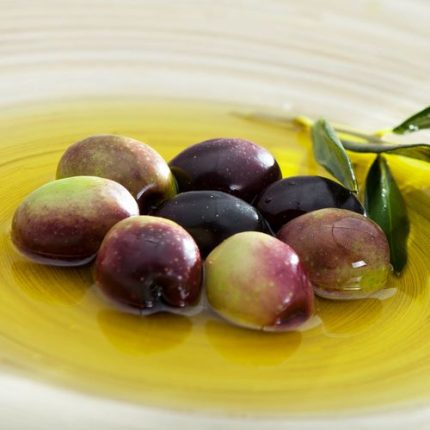
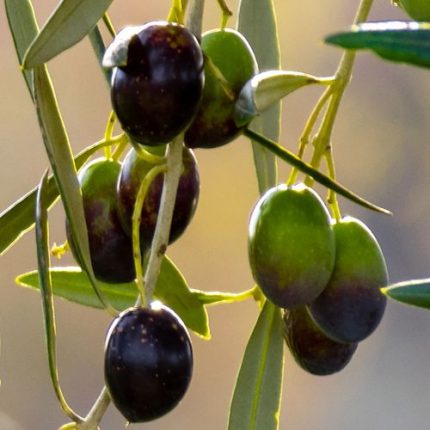
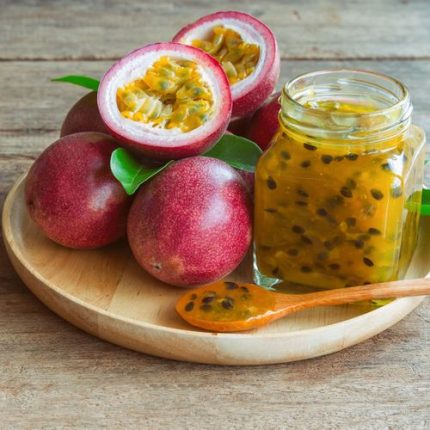
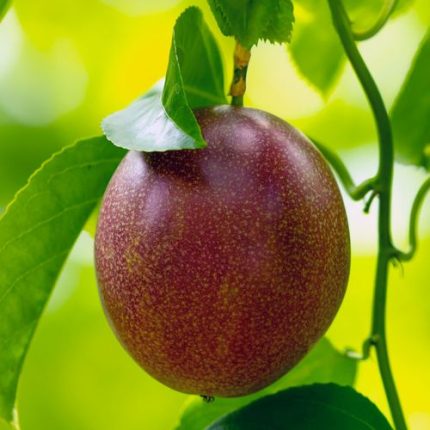
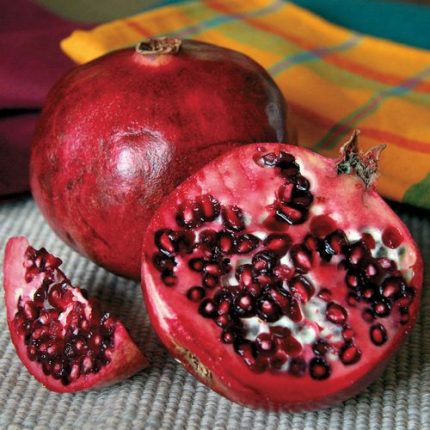
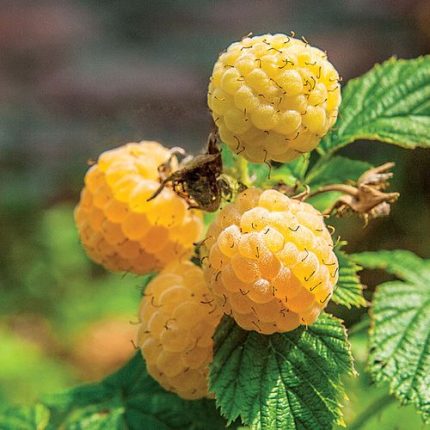
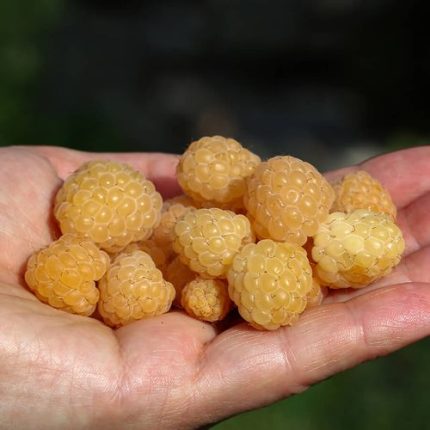
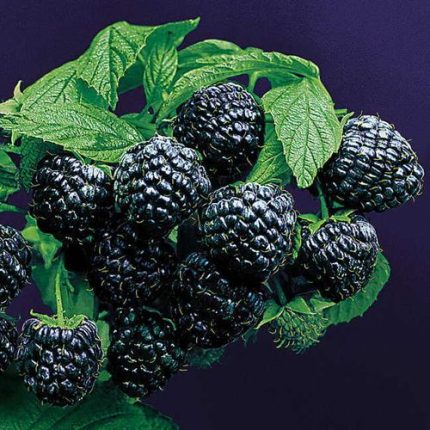
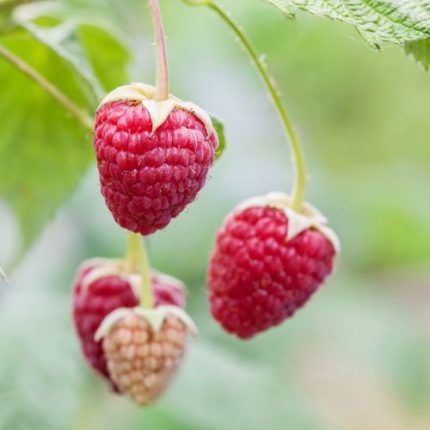
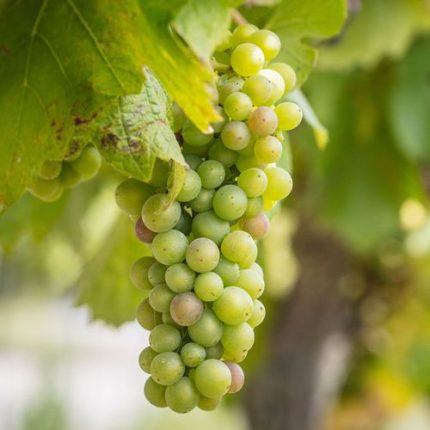
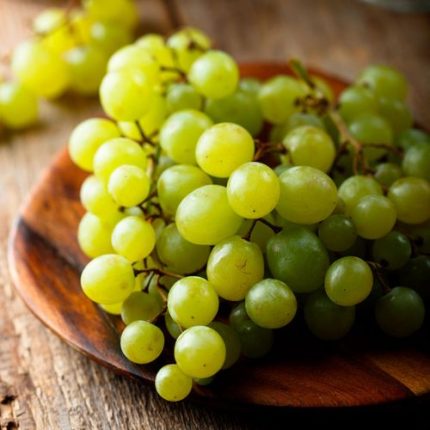
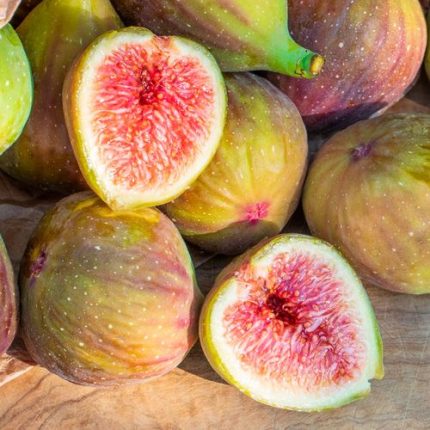
Reviews
There are no reviews yet.